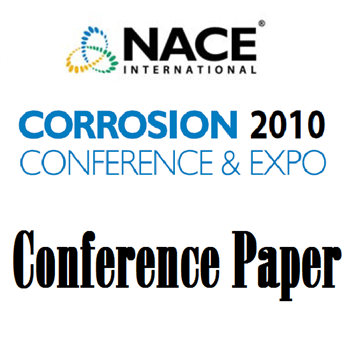Search
Improve Atmospheric Column Overhead Corrosion Mitigation through Cloud-Based, Continuous Salt Point Corrosion Monitoring
Also Purchased
10360 Description and Explanation of an FCC Overhead System Unexpected Corrosion
Product Number:
51300-10360-SG
ISBN:
10360 2010 CP
Publication Date:
2010
$20.00
Considering Mass Transfer in Refinery Crude Distillation Overhead Water Wash
Product Number:
51323-18757-SG
Publication Date:
2023
$20.00
Real Time Sour Water Corrosion Prediction for Fluid Catalytic Cracking Overhead System
Product Number:
51323-18785-SG
Publication Date:
2023
$20.00




